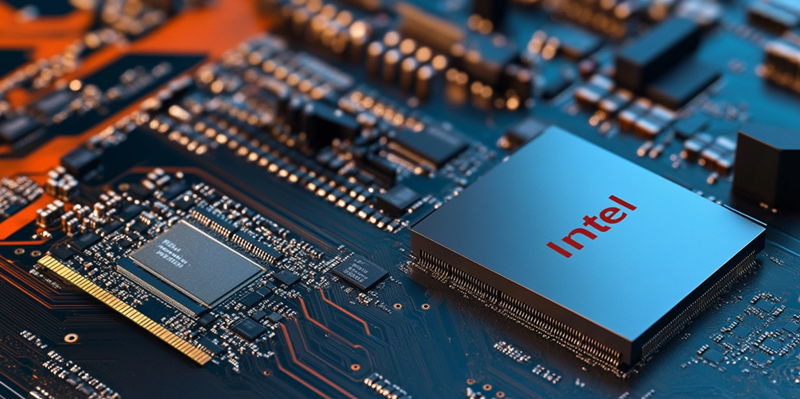Once fierce rivals in the chip-making industry, Intel and AMD have announced an unprecedented alliance aimed at bolstering the x86 Instruction Set Architecture (ISA) ecosystem. This collaboration brings together a host of major industry players, including tech giants such as HP, Dell, Lenovo, Microsoft, Linux creator Linus Torvalds, and Epic Games’ CEO Tim Sweeney. The primary objective is to improve cross-platform compatibility, simplify software development, and provide developers with the ability to request new architectural features for scalable and innovative products. This groundbreaking move stems from the rising demand for Artificial Intelligence (AI) applications and the mounting threat posed by Arm-based systems.
AI Drives Unlikely Alliance
The growing success of AI-focused technology, particularly Arm-based solutions like Qualcomm’s Snapdragon X CPUs, has put significant pressure on Intel and AMD. Qualcomm’s partnership with Microsoft to develop AI PCs demonstrated the potential of Arm architecture, temporarily eclipsing Intel and AMD’s offerings. The Snapdragon X CPUs were the sole processors that met Microsoft’s stringent AI requirements, compelling Intel and AMD to rethink their strategies. In response, both companies accelerated their own AI-centric developments, introducing the Lunar Lake and Ryzen 9 300 CPUs, respectively. However, realizing that individual efforts might not suffice, they opted for a collaborative approach to maintain their competitiveness.
The initiative’s intent is to furnish end-users with a wider array of choices and enhanced hardware and software compatibility. Although specific details on the logistics of achieving these objectives are still scant, the partnership draws a parallel to the collaborative development of USB technology. Since its inception, USB has become a universal standard benefitting consumers and technology ecosystems alike. The collaboration aims to replicate this success by fostering a more unified and versatile x86 ecosystem, better equipped to meet the complex demands of contemporary technological trends, including AI and machine learning.
Implications for Developers and End Users
Formerly fierce competitors, Intel and AMD have now joined forces in an unprecedented alliance to enhance the x86 Instruction Set Architecture (ISA) ecosystem. This landmark collaboration also ropes in major industry leaders such as HP, Dell, Lenovo, Microsoft, Linux creator Linus Torvalds, and Tim Sweeney, CEO of Epic Games. The alliance’s main goals are to boost cross-platform compatibility, streamline software development, and enable developers to request new architectural features for scalable and innovative products.
This joint effort is driven by the soaring demand for Artificial Intelligence (AI) applications and the increasing threat from Arm-based systems. Such a coalition is expected to make a significant impact on the tech landscape, promoting a more unified approach to hardware and software development. By banding together, these industry titans not only aim to fend off external competition but also to foster a more collaborative environment. This, in turn, could result in more efficient, versatile, and powerful computing solutions for a variety of applications, potentially reshaping the future of technology.

